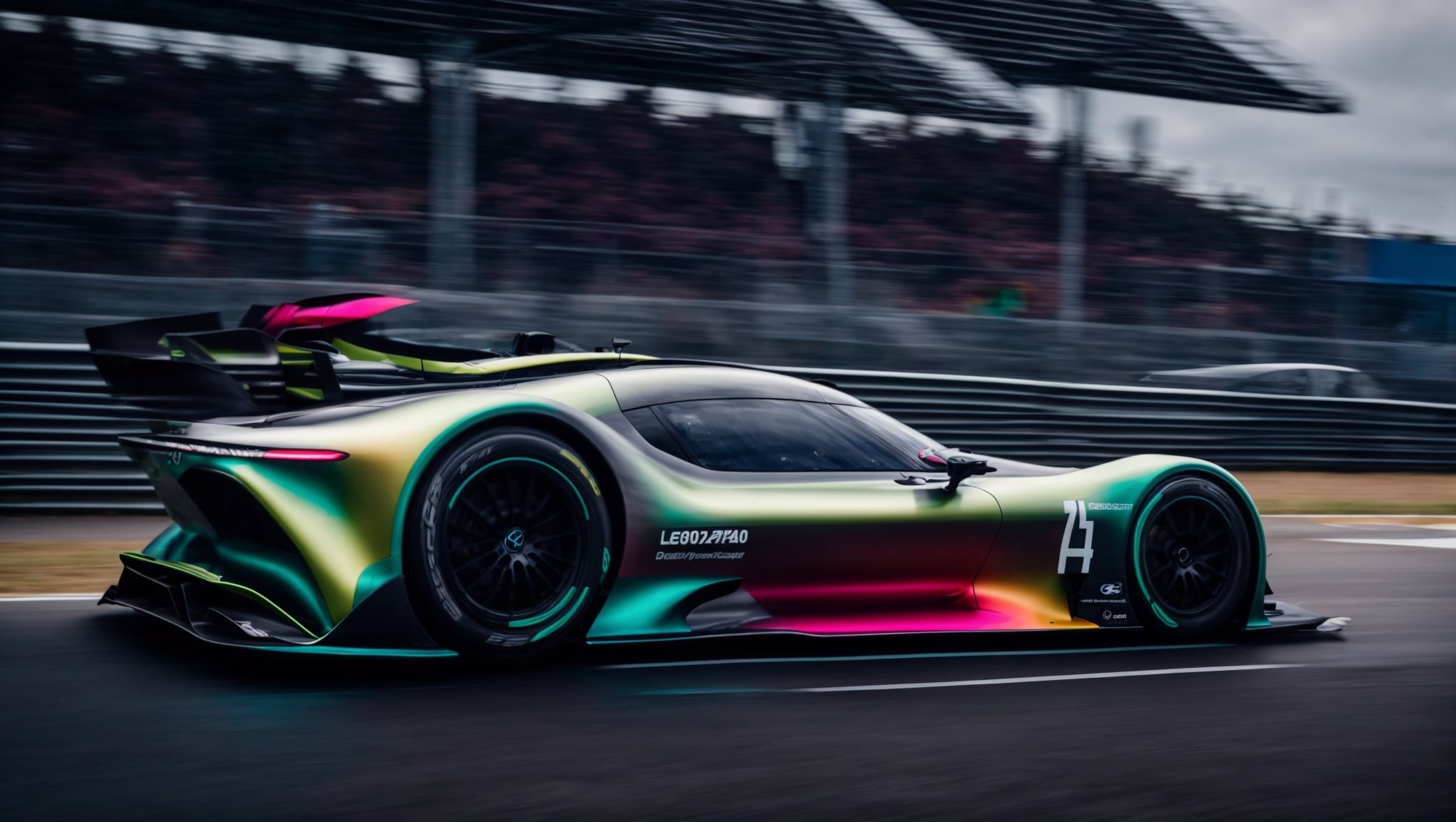AI Revolutionizing Battery Design for Electric Vehicles
We are currently witnessing a wave of innovation that is transforming industries at their core. From artificial intelligence (AI) to quantum computing, these technological advancements are rapidly accelerating scientific discovery and technical sophistication. One area where these innovations are making a significant impact is in the design of batteries for electric vehicles (EVs).
Recently, researchers from Microsoft and scientists at the Pacific Northwest National Laboratory (PNNL) in Washington state announced a breakthrough in battery design. They successfully used AI to design an industrial material for building a working battery that requires up to 70% less lithium than competing designs. This development has the potential to overcome the infrastructure and economic challenges preventing the widespread adoption of EVs.
According to Brian Abrahamson, the chief digital officer at PNNL, the development of novel batteries has been a labor-intensive process. However, recent advancements in technology, such as AI and high-performance computing (HPC), have opened up new possibilities for accelerating scientific discovery. By harnessing the power of AI, researchers were able to significantly speed up the process of identifying the most promising battery materials.
Integration of AI in Connected Vehicles Enhances Customer Experience
The integration of AI is not limited to battery development; it is also making its way into every element of the connected car experience. One example of this is Volkswagen’s integration of OpenAI’s AI chatbot, ChatGPT, into its IDA voice assistant. This integration allows customers to have access to a vast AI database, enabling them to have content read out to them while driving. This hands-free in-car voice technology is becoming increasingly popular among consumers who seek simplicity and connectivity in their daily routines.
Intel is also making strides in this area by introducing a new family of AI-enhanced software-defined vehicle system-on-chips. These chips are designed to enable common AI use cases, such as driver and passenger monitoring. Additionally, Intel recently acquired Silicon Mobility SAS to accelerate the integration of AI efficiencies in EV energy management.
The integration of AI in connected vehicles not only enhances the customer experience but also paves the way for further innovation in the automotive industry.
Leveraging AI and HPC for Efficient Battery Solutions
The use of AI and HPC in battery development has proven to be highly effective in identifying efficient and cost-effective materials. The recent breakthrough in battery design, which required significantly less lithium, was made possible by leveraging AI and HPC capabilities. Researchers were able to reduce 32 million potential inorganic compounds to just 18 candidates in a matter of weeks, a process that would have taken years using traditional methods.
Nathan Baker, product leader for Microsoft’s Azure Quantum Elements, explained that AI and HPC can make simulations up to half a million times faster. This speed allows for more efficient and accurate predictions, leading to faster discovery and optimization of battery materials. By identifying more efficient and cost-effective materials, the EV industry can overcome hurdles related to infrastructure and cost, making EV adoption more viable for consumers.
Addressing Battery Anxiety: The Key to EV Adoption
One of the significant barriers to widespread EV adoption is “battery anxiety.” Many consumers are unfamiliar with how EVs work and have concerns about driving range and charging infrastructure. This anxiety stems from a lack of confidence in understanding how driving conditions correlate with battery life, coupled with unreliable reporting software.
AI-powered battery innovations have the potential to address these concerns by improving the accuracy and reliability of battery range predictions. By leveraging AI in battery development, manufacturers can optimize battery capacity and improve overall performance, providing consumers with a more predictable and seamless driving experience.
To ensure the success of the EV transition, it is crucial to address battery anxiety and provide consumers with the confidence they need to embrace electric vehicles.
The Future of Electric Vehicles Relies on AI for Battery Innovation
The future of electric vehicles hinges on continued innovation in battery technology. The demand for lithium, a key component in EV batteries, is expected to increase significantly in the coming years. Meeting this demand requires leveraging AI and HPC to identify alternative materials and optimize battery performance.
The breakthroughs achieved by researchers at Microsoft and PNNL highlight the potential of AI in revolutionizing battery design. By using AI to accelerate scientific discovery and technical sophistication, researchers can overcome hurdles hampering the EV transition, such as infrastructure limitations and high costs.
As AI continues to advance, we can expect further breakthroughs in battery design and other areas of electric vehicle development. These innovations will not only improve the efficiency and affordability of EVs but also contribute to a more sustainable and connected future for the automotive industry.
Analyst comment
Positive news: AI Revolutionizing Battery Design for Electric Vehicles. The integration of AI in battery design has led to a breakthrough that requires up to 70% less lithium than competing designs, addressing infrastructure and economic challenges. This will accelerate the widespread adoption of electric vehicles. Analyst prediction: AI will continue to revolutionize battery design and other areas of EV development, improving efficiency, affordability, and sustainability. Expect further breakthroughs in the future.













